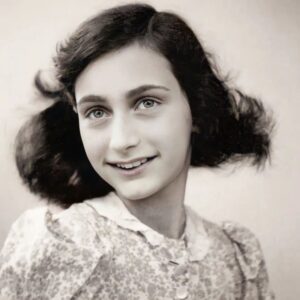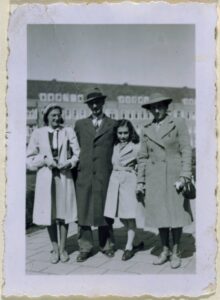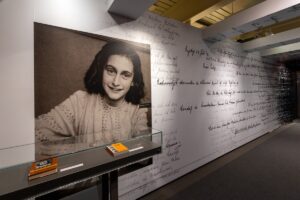Two postcards sent by Anne Frank to the Kugler family in the Netherlands.
Victor Kugler started working for Otto Frank in 1933. Otto had just started trading in pectin, a gelling agent for making jam. Victor kept track of the orders and explored options for increasing their sales. His colleague Miep Gies described him as ‘a husky, good-looking man, dark-haired and precise. He was always serious, never joked.’
In 1941, Victor helped Otto to keep his companies out of Nazi hands. To this end, he took on the management of the newly established company Gies & Co.
In the spring of 1942, Otto asked Victor to help the Frank and Van Pels families should they have to go into hiding in the annex – an empty part of the business premises. Victor never hesitated. ‘They were my friends, I could not let them be butchered by the Germans,’ he said in an interview after the war.
Front and back of the first postcard


‘I had to help them: they were my friends,’ Victor Kugler said after the war when asked why he had helped the people hiding in the Secret Annex. For helping them, he ended up in a concentration camp; at the eleventh hour he escaped deportation to Nazi Germany.
Front and back of the second postcard
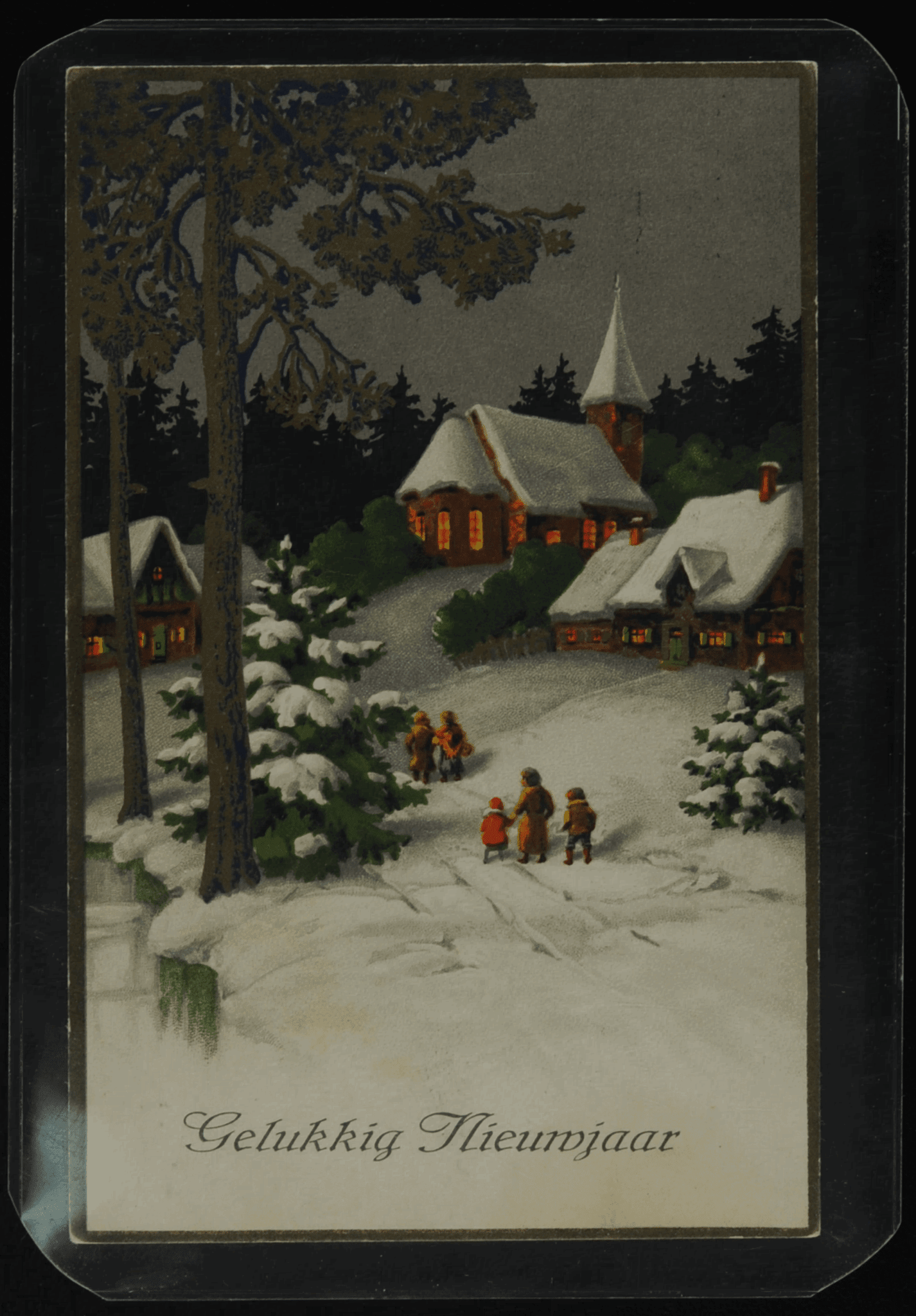

From 6 July 1942 onwards, Victor – like his closest colleagues – had an additional task: caring for the people hiding in the Secret Annex. He soon worried about their safety, because the Nazis threatened to search houses for bicycles. Victor felt that the Secret Annex was too ‘visible’ and came up with the idea of putting a revolving bookcase in front of the door to the hiding place. In August 1942, warehouse manager Johan Voskuijl built the bookcase, which hid the annex from cursory views.
Other than that, Victor and Johannes Kleiman mainly concentrated on keeping the companies Opekta and Gies & Co running. He generated additional cash by selling batches of spices and not entering them in the official accounts.
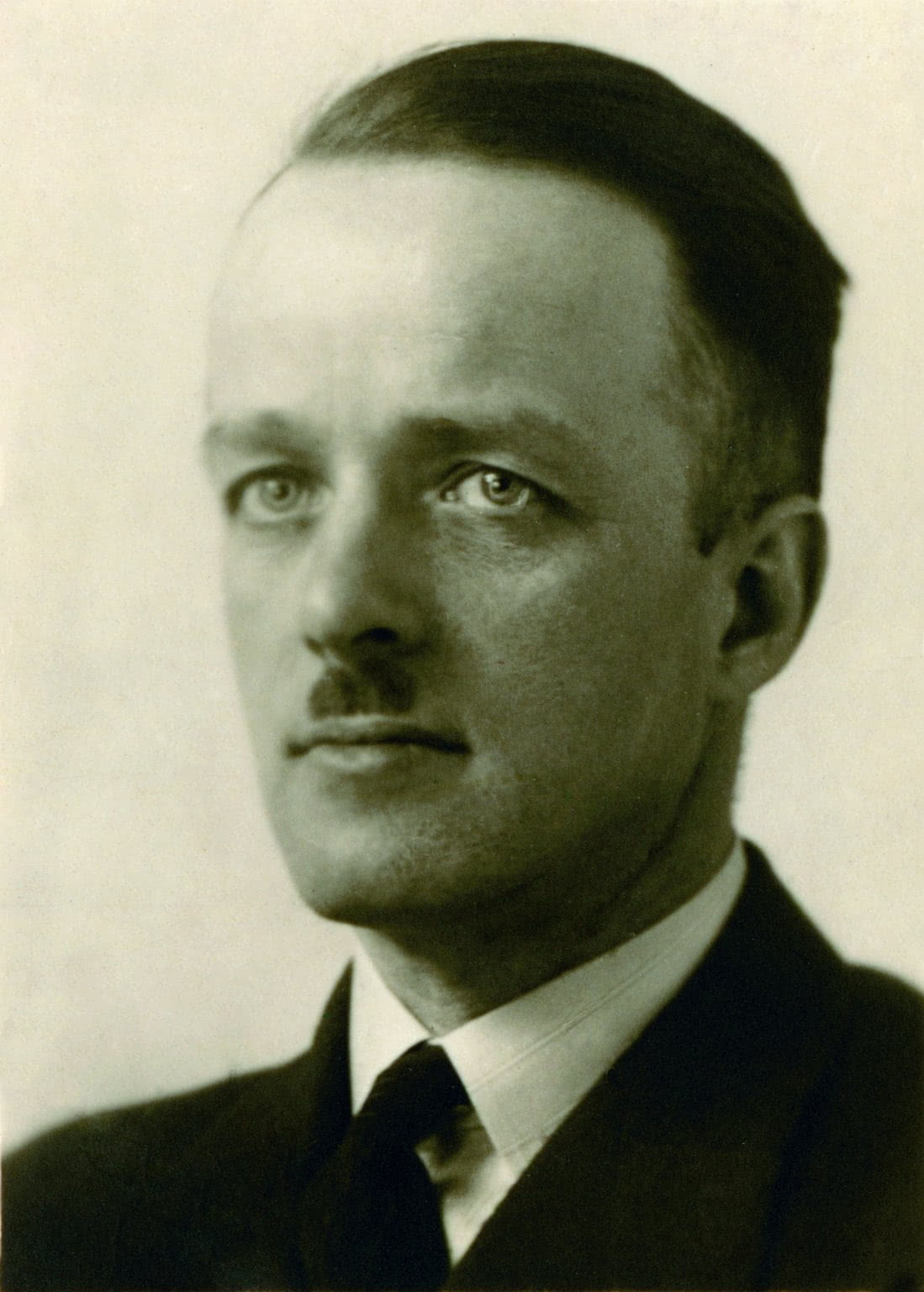
He often brought the people in hiding newspapers and magazines. He would delight Anne with Cinema & Theater, a magazine about new films and plays, and he brought Peter a booklet with images of military planes.
His role as a helper was hard on Victor. In her diary, Anne noted: ‘Kugler through the enormous responsibility for the 8 of us, which is sometimes so much for him that he can hardly speak from pent-up nerves and strain.’
After the war, Otto Frank wrote: ‘The responsibility Mr Kugler had taken on, weighed very heavy on him and he lived under constant pressure, especially since his wife did not know about us and he could not talk about his concerns with her.’
For more than two years, Victor and the other helpers managed to keep the people in hiding out of the hands of the Nazis. But then on 4 August 1944, Dutch police officers headed by SS-Hauptscharführer Karl Josef Silberbauer raided the building.
Victor was forced by the police officers to push the bookcase aside. ‘The first person I saw was Mrs Frank. ‘Gestapo’, I whispered. She sat quite still and in some state of shock. The others came down from the upper floors. Margot was emotional, crying softly.’
Victor escapes
The officers also arrested Victor and Johannes. After prison, they ended up in camp Amersfoort. After a few weeks, the camp command released Johannes Kleiman on account of his poor health.
Victor was transferred to Zwolle and then Wageningen. In March 1945, when marching in the direction of Nazi Germany with a large group of prisoners, he managed to escape when the column was shot at by allied planes.
After wandering around for a few days, during which he was helped by strangers, Victor returned home to his wife. ‘The next day I started to prepare a hiding place in my house for myself and my wife. Should the Germans come to take me back, I was determined that they would not find me. However, my preparations proved unnecessary because four weeks later, the German troops (…) surrendered.’
